Philodendron acutatum Schott - Araceae
Hemiepiphyte common to the Atlantic forest of northeastern Brazil.
„The fruit set of self-incompatible P. acutatum was high, more than 90%, and inflorescences were exclusively pollinated by one species of scarab beetle, Cyclocephala celata (Scarabaeidae, Dynastinae). Pollinators are drawn toward the inflorescences at dusk by strong floral fragrances given off during the female phase of anthesis, along with endogenous heating of the spadix, whose temperatures were recorded at more than 11°C above ambient air. Two other species of flower-visiting Cyclocephala were also consistently recovered in blacklight trappings during the flowering period of P. acutatum. The fact that only C. celata was found in association with P. acutatum suggests a local reproductive dependence of the plant to this scarab beetle species. Dihydro-β-ionone and 2-hydroxy-5-methyl-3-hexanone, a rare volatile molecule so far unreported as a floral compound, together accounted for more than 97% of the unique scent composition of P. acutatum and might be involved in specific attraction of C. celata.“
Alongside dihydro-β-ionone (74.4%) and 2-hydroxy-5-methyl-3-hexanone (23.1%), other components of the flower scent were e.g. β-ionone (0.79%), dihydro-α-ionone (0.2%), and 2-methoxy-3-isopropylpyrazine (0.34%).
[Maia, A. C. D., Schlindwein, C., Navarro, D. M. A. F., & Gibernau, M. (2010). Pollination of Philodendron acutatum (Araceae) in the Atlantic forest of northeastern Brazil: a single scarab beetle species guarantees high fruit set. International Journal of Plant Sciences, 171(7), 740-748]
Also in : http://thesesups.ups-tlse.fr/1594/1/2011TOU30153.pdf
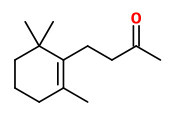 dihydro-β-ionone (woody ambery fruity) | 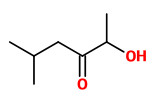 2-hydroxy-5-methyl-3-hexanone (sweet chocolate, fermented-like) | 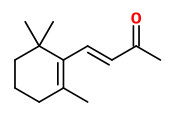 β-ionone (woody sweet) | 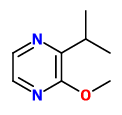 2-methoxy-3-isopropylpyrazine (green pea earthy) |
Philodendron acutatum individuals in populations in French Guiana emit floral scents largely dominated by 4-vinylanisole (93.8%). Minor components were 3,4-dimethoxystyrene (2.76%), 1,3,5-trimethoxybenzen (2.28%), (E)-nerolidol (0.37%), 2-hydroxy-5-methyl-3-hexanone (0.07%), 2-methoxy-3-isopropylpyrazine (0.25%), and 4-ethylanisole (0.05%) e.g.
[Gibernau, Marc, et al. „Chemical diversity of floral scents in 9 species of Philodendron (Araceae) from French Guiana.“ Botany Letters 170.1 (2023): 53-64]
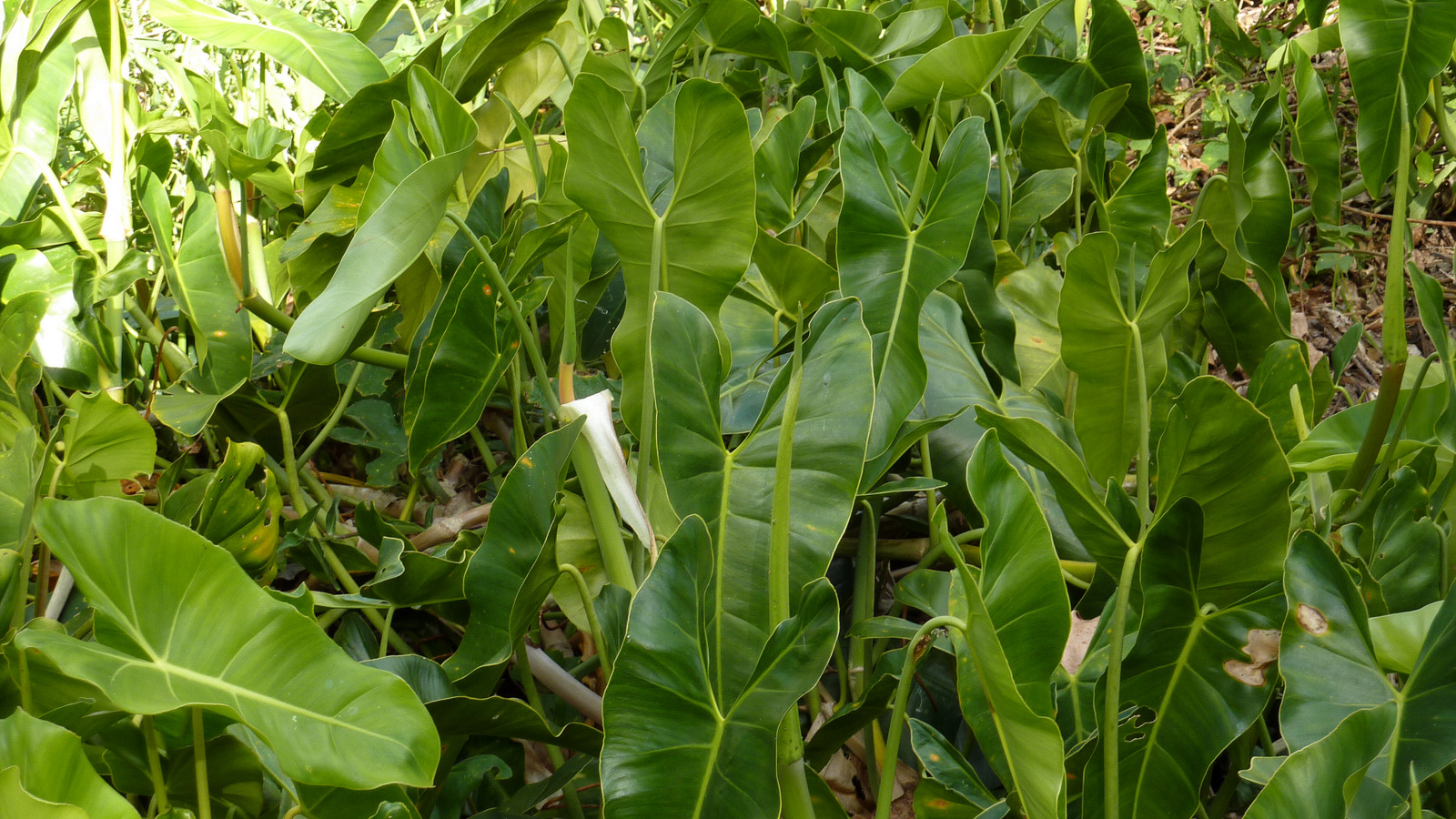
Philodendron acutatum, CC BY-SA 2.0, Author: Alex Popovkin, Bahia, Brazil
https://commons.wikimedia.org/wiki/File:Philodendron_acutatum_Schott_-_Flickr_-_Alex_Popovkin,_Bahia,_Brazil_(4).jpg
„A 2-parted spadix, with female flowers at the bottom and male flowers at the top, exuding a pretty strong and intoxicating scent, exquisite in small doses and reminiscent of a fine French perfume but intolerable if the spadix is left indoors for any length of time.“
[Alex Popovkin, Bahia, Brazil] https://www.flickr.com/photos/plants_of_russian_in_brazil/469007654/in/photostream/
